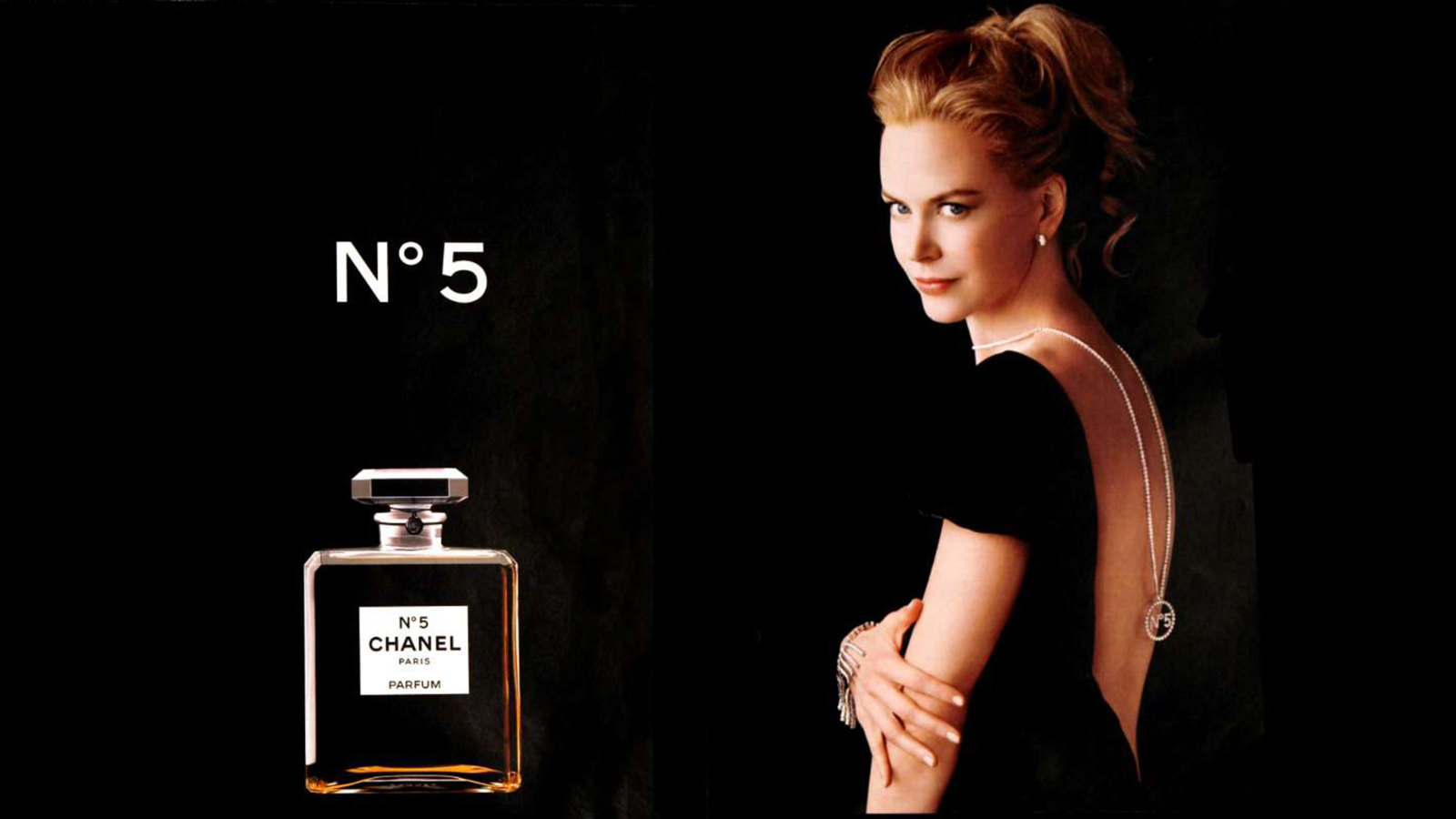
BEAUTY The world’s most famous fragrance celebrates 100 years since it was conceived. We look at its history and how it came back with more than a little help from star power
An expanded version of this story will appear in Lucire KSA June 2021
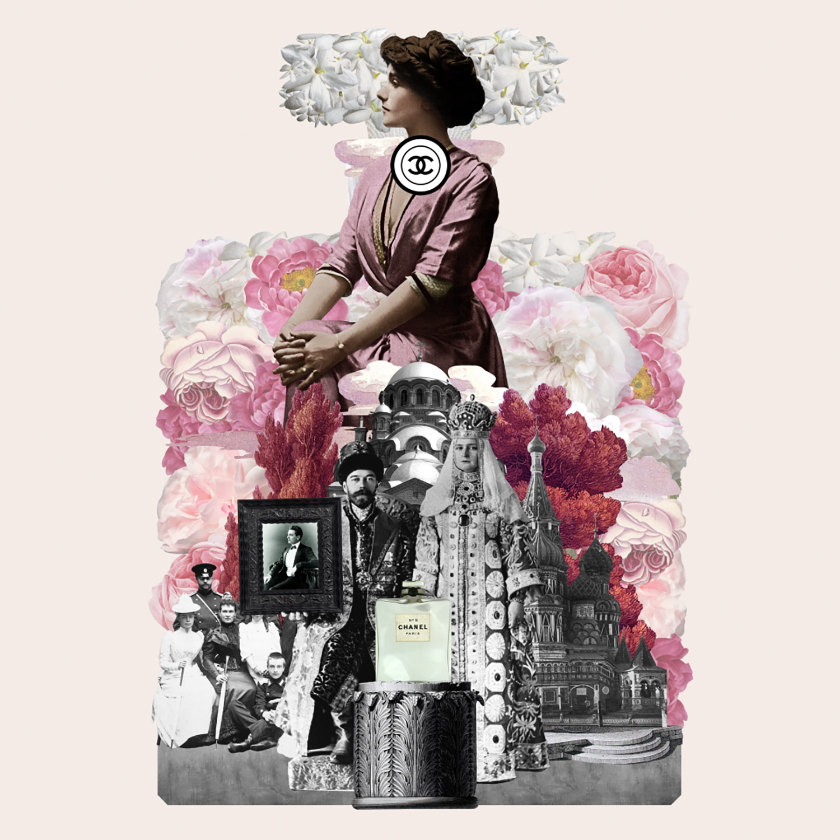
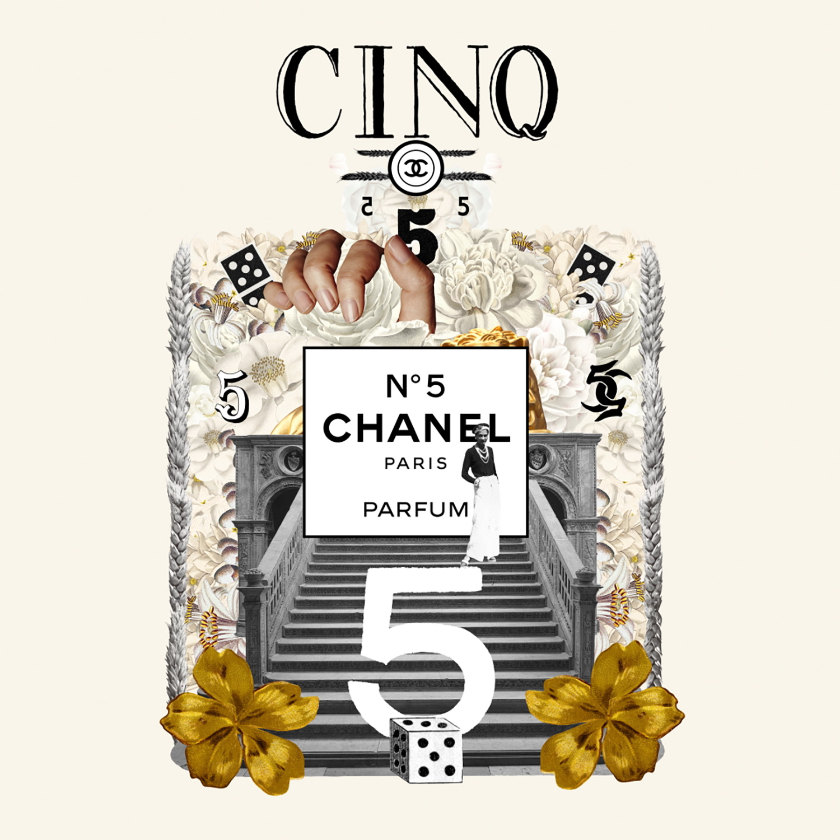 Chanel
Chanel
The complex history of Chanel No. 5 begins in 1920; and five was lucky number for Gabrielle ‘Coco’ Chanel
Chanel’s No. 5 fragrance turned 100 this year—in the words of Lucire fashion and beauty editor Sopheak Seng, ‘a 100-year-old fragrance and still one of the world’s best selling.’
Its history has been a storied one, and Lucire has covered many of its developments over our time, less than a quarter of the fragrance’s current life so far.
Geneviève Hole pointed out in issue 29 of Lucire, in ‘The History of Smelling Expensive’, that single floral scents, those simple fragrances with one note, were in vogue at the beginning of the 20th century. She noted:
Chanel was the first company to pioneer a complex fragrance for the modern woman. Previously, the only women who had worn a fragrance with more than a single floral note were “women of the night” and Chanel took it upon herself to create a new, dynamic scent that wouldn’t be associated with the musky fragrances worn by prostitutes.
But Chanel wasn’t the first couturier to turn to perfume. In 1911, Paul Poiret is responsible for making perfume an integral part of female attire with his brand Les Parfums de Rosine. The Callot sisters, Chanel, Lavin and Patou closely followed. Gradually, and even more so after World War II, traditional perfume houses faced stiff competition from fashion and jewellery houses.
Marketing and the media had a major part to play the success of fashion house fragrances. A commercial revolution ran in parallel with the Industrial Revolution and the 20th century saw the birth of mass media, which changed the way we learned about fragrances. For example, word of mouth spread the wonders of No. 5 to the élite and the cognoscenti when it was first launched in 1921, but mass media eventually introduced it to a much wider market, with the first solo advertisement of Chanel No. 5 placed in The New York Times on June 10, 1934.
The scent itself was created by the Russian–French perfumer Ernest Beaux, who first met Gabrielle ‘Coco’ Chanel in 1920. Chanel named it No. 5, with 5 as a lucky number for her; and began with 100 flaçons, delivered as Christmas presents in 1921 to her best clients. It was met with such success that it was put on sale by Chanel the following year.
The bottle itself, with its straight lines, were in contrast to the ornamented designs popular at the time. The original had rounded corners, and the square, faceted design appeared in 1924, with stronger glass to help with the fragrance’s shipping and distribution. The octagonal stopper, evoking the Place Vendôme, appeared at the same time.
After the war, Chanel gave bottles away to American GIs, who took it back as a gift for their wives or girlfriends—and fortunately for Chanel, this sudden generosity did not cheapen the perfume’s status, and possibly even enhanced it.
Yet another step toward No. 5 reaching iconic status was when Marilyn Monroe announced in Life in 1952 that she wore nothing to bed except for the fragrance. As Monroe’s stardom increased, the association stuck, propelling No. 5 to greater heights, tying it with her celebrity. In 1959, the No. 5 box was exhibited at the Museum of Modern Art.
continued below
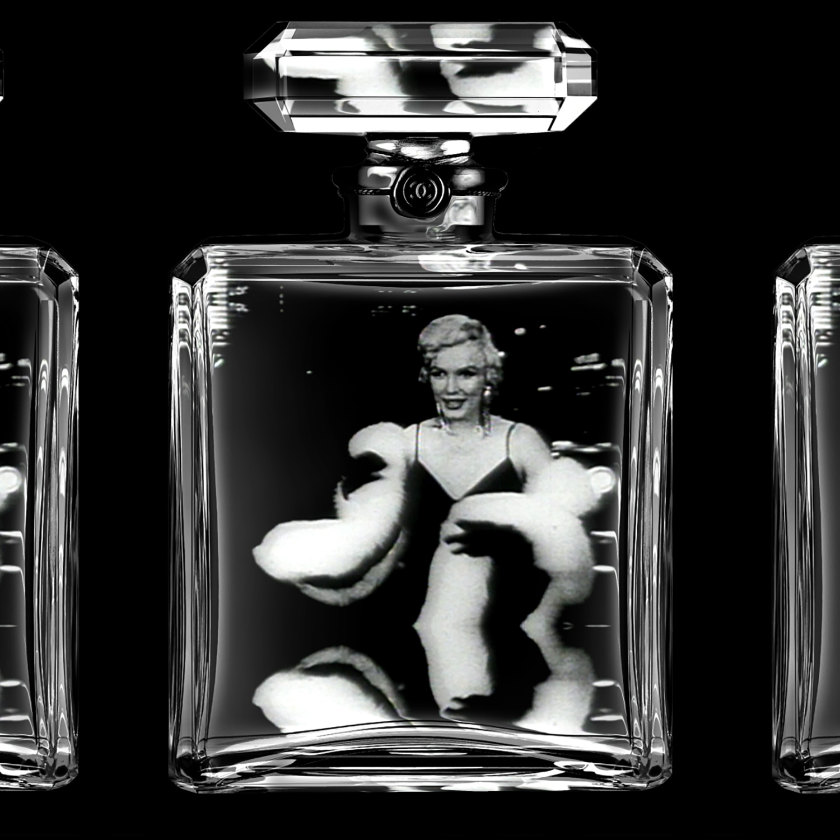 Chanel
Chanel
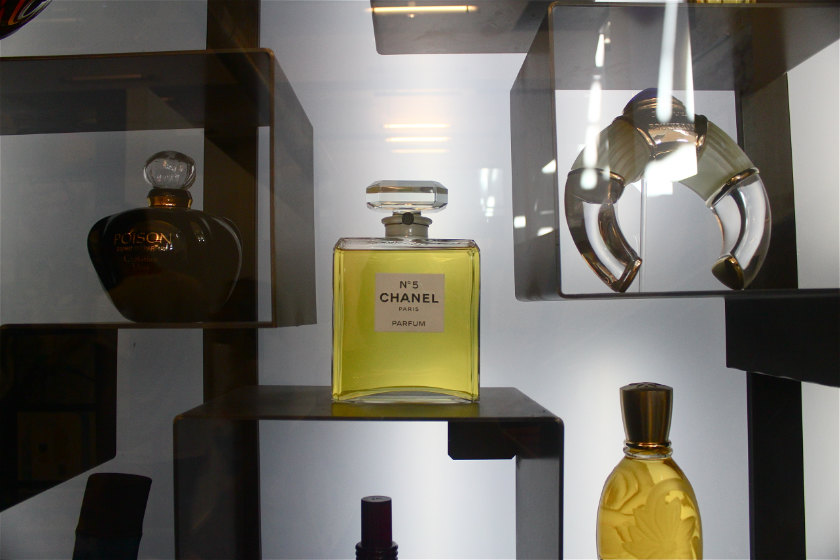 Geneviève Hole
Geneviève Hole
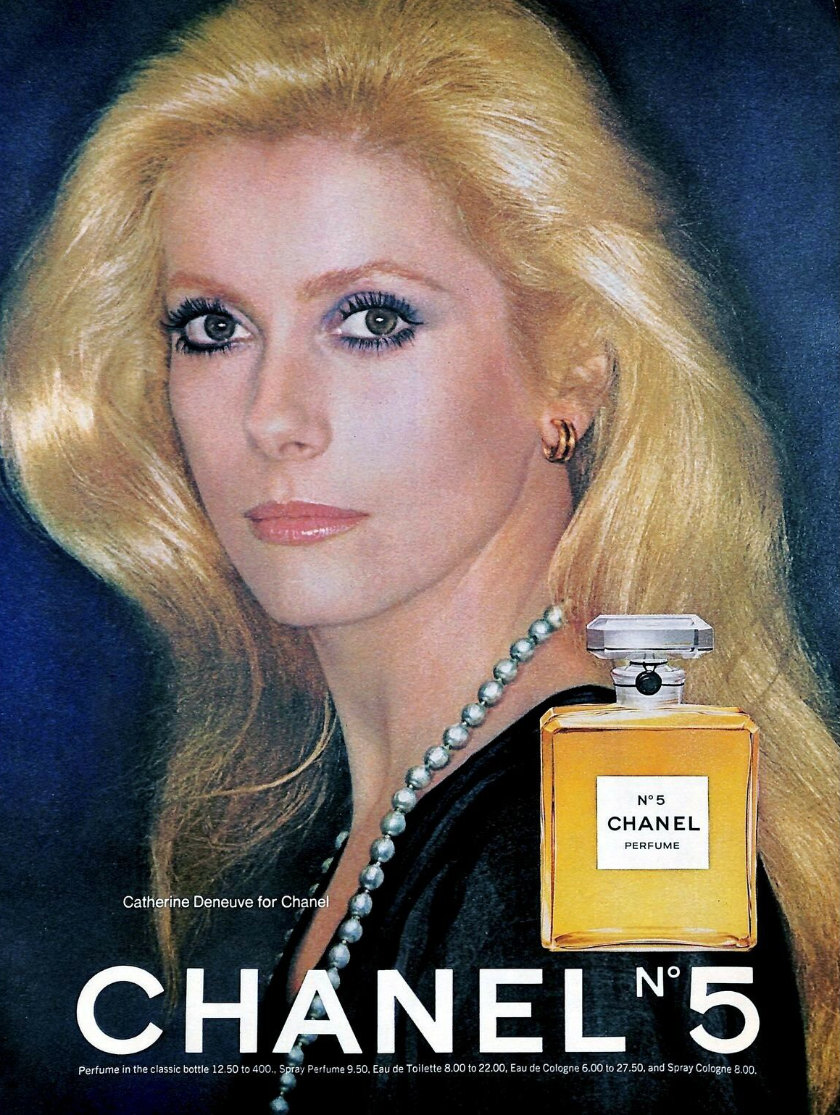
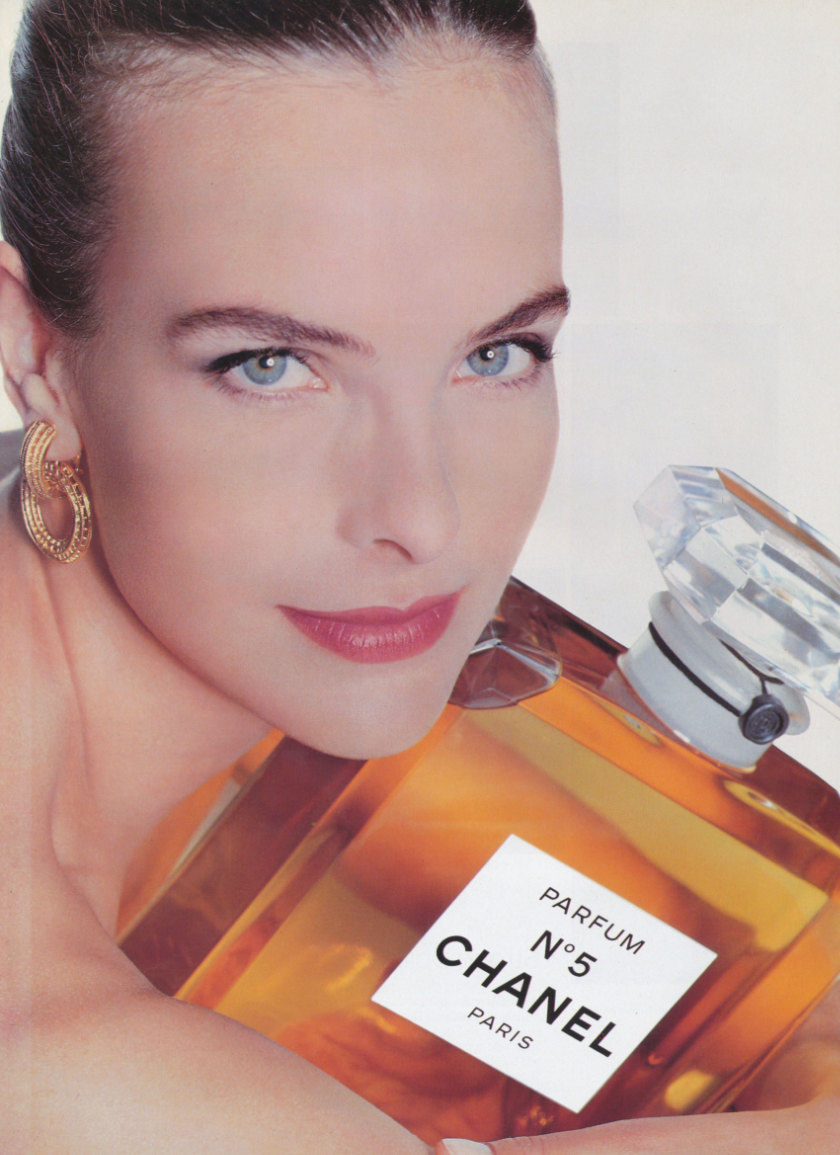
 Chanel
Chanel
Above, from top: Marilyn Monroe became inextricably linked to the scent after her 1952 quotation in Life that she wore only Chanel No. 5 to bed. The iconic bottle, at the Musée international de la parfumerie in Grasse. Catherine Deneuve brought star power back to No. 5 from the 1970s. Carole Bouquet succeeded Deneuve after 1988. Hawai‘i-born, Australian-raised actress Nicole Kidman was Chanel’s first new spokeswoman for No. 5, from 2003.
It wasn’t always linked to celebrity, and for a while it seemed No. 5 would fade. It was distributed through US drugstores, and had become passé, associated with older customers—at odds with the more youth-driven culture of the 1960s and 1970s.
A then-unknown Ali McGraw, working as a stylist for photographer Melvin Sokolsky, did model for Chanel in 1966, paid US$200 for her trouble, but the advertisements lacked panache, and certainly did not tap in to the Zeitgeist other than showing someone young.
The fragrance was revitalized in the 1970s under Chanel’s new head, Alain Wertheimer, the grandson of Pierre Wertheimer, who financed Coco Chanel in the first place, and Parfums Chanel’s artistic director Jacques Helleu. Alain Wertheimer took the fragrance off drugstore shelves and made it more exclusive, while Helleu chose Catherine Deneuve—at the time about as associated with international French glamour as one could hope for, being a model for Marianne herself—as its new face. It was the first fragrance to be advertised on television: Helmut Newton, Irving Penn, and Ridley Scott directed Chanel commercials. Deneuve held her position for eight years.
In the 1980s, Andy Warhol celebrated No. 5’s standing in culture with screen printing the bottle.
Carole Bouquet, yet another recognized French actress, represented Chanel No. 5 from 1988. At the time, Bouquet was frank about not having known the fragrance earlier in life. ‘It brings an image, but not a memory, because I discovered it very late,’ she told the Chicago Tribune.
In 2003, Nicole Kidman had reached an agreement with the house to be the new face of No. 5, with her Australian compatriot Baz Luhrmann, who had directed her in Moulin Rouge, helming the first commercial films. The arrangement lasted five years, with Audrey Tautou taking over in 2008. Jean-Pierre Jeunet directed her first commercial, bringing the fragrance back to French talent.
The history piece wasn’t Geneviève’s first piece to mention Chanel No. 5. In issue 28, in 2012, when Brad Pitt was announced as the fragrance’s first male spokeperson:
Employing a man to front such a popular perfume is definitely different. Fragrance advertising over the last decade has been heavily gendered and increasingly sexualized. Female fragrances seem to follow a very prescriptive formula: must include an intoxicatingly beautiful woman (either a model or celebrity), add in a great deal of sex appeal, arrange her body in a seductive pose, remove most if not all clothing, add a look of submission and then finish it off with the name of the perfume and a suggestive tagline.
The idea of seeing a man taking centre-stage to market a women’s fragrance seems a little more modern and empowering in some respects. Instead of seeing passive, submissive women, we’ll now see a strapping lad as the object of desire, how refreshing!
But Brad Pitt? Really? Isn’t he a little … old? One could argue the choice of front man is, however, on-brand. Pitt is not exactly the poster boy he was in his 20s, but Chanel No. 5 isn’t young either. He’s talented, respected and has still has his good looks; No. 5, too, has lasted the test of time. And, of course, we can’t forget Pitt’s
better half, fiancée Angelina Jolie and past girlfriends—some of Hollywood’s most attractive women.
Pitt’s tenure was brief. In 2014, Lucire reported that Gisèle Bündchen had taken over No. 5 duties, with Luhrmann back in the director’s chair for the commercial films, and Patrick Demarchelier doing the stills. We wrote:
Bündchen’s choice, according to Luhrmann in the latest behind-the-scenes video, can be summed up with her multi-faceted nature. ‘She can be on the beach one moment and incredibly athletic. She has children. She has a very, very significant relationship. And yet, she has a career where she can create aspirational, sensual, incredibly glamorous imagery, and somehow, what’s most important to her, … is love, to really be fulfilled. And I think that’s what we try to convey in this little film.’
He says that she has ‘a new world sensibility. I think that’s both fresh but very true to Coco Chanel. Coco brought the new era to the old world. She was the one who smashed the convention. She was the one who just hung out and was friends with the avant-garde. She was 100 per cent behind the new, 100 per cent behind possibility, and 100 per cent, in her DNA, a self-empowered woman. Gisèle felt honoured, I felt, to be identified as the No. 5 woman. She has continued to evolve as a woman.’
Our most-read web article of 2020 was about Marion Cotillard starring in Chanel’s latest No. 5 campaign. In this case, some were curious who the actress was—Cotillard, like Bouquet, is better known in her native France—but the production values were so high, including a cover version of Lorde’s ‘Team’ used as the score and performed by Cotillard herself, that one couldn’t help but notice it. In the first year of the COVID-19 pandemic, a romantically themed commercial was a welcome antidote, and Cotillard’s campaign, directed by Swede Johan Renck, struck a chord. We reported:
‘Marion was the obvious choice. Returning to a French actress meant returning to a subconscious image of French femininity dear to the spirit of the House,’ said Thomas du Pré de Saint Maur, Chanel’s head of global creative resources for fragrance and beauty.
‘What I like about Marion Cotillard is that when she acts, she has this sort of reserve that is simultaneously ultra-powerful. She seems to know what is right and lively, she is fully committed. Like the Chanel woman, who doesn’t escape herself, but faces herself.’ …
The moon plays heavily in the promotion as a romantic symbol and one that represents renewal. The romantic dance between Cotillard and Étoile dancer Jérémie Bélingard was conceived and choreographed by Ryan Heffington. Cotillard spent five days training for the dance.
continued below
Chanel No. 5 spokespeople in recent years: Audrey Tautou. Brad Pitt. Gisèle Bündchen. Marion Cotillard.
Just as Chanel has only had a handful of in-house parfumiers—more actors have played James Bond and more astronauts have walked on the moon—the number of No. 5 spokespeople have been few, charting the course of societal changes. At one point, there were none, then unofficially, Monroe became connected to it. To revitalize its ambitions after being wedded to a pre-Kennedy era, Deneuve brought it back to a French core, something arguably mirrored by Cotillard today. Chanel, under Virginie Viard as creative director, stands firm with its Gallic roots, something recent collections have emphasized. It seems fitting, then, especially with the clothing and the fragrances symbiotically linked, that No. 5, too, celebrates its Frenchness as it enters its second century. •
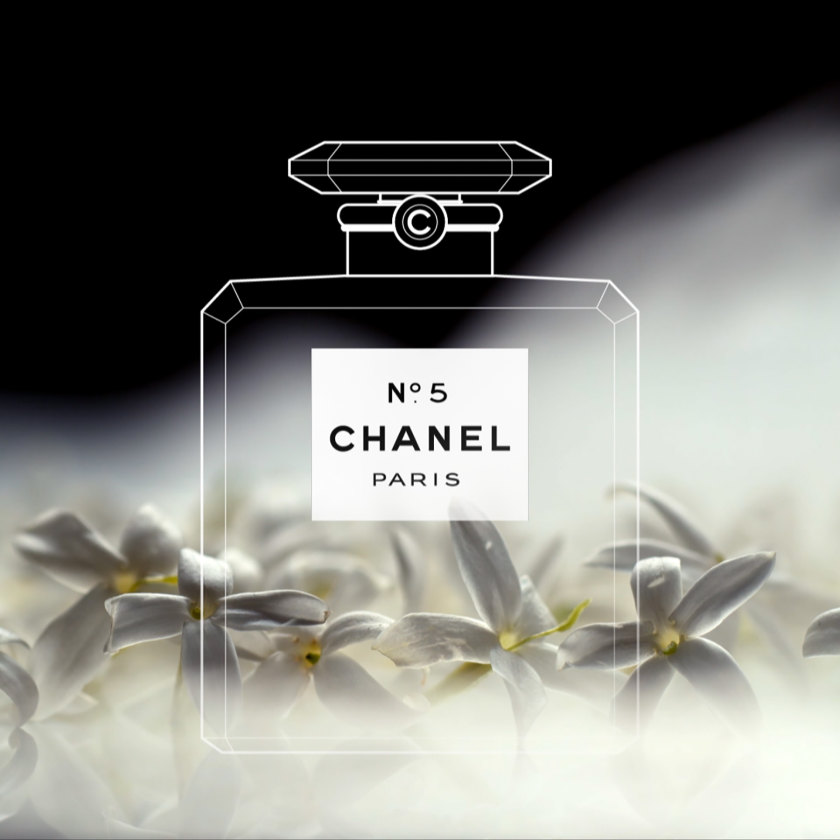
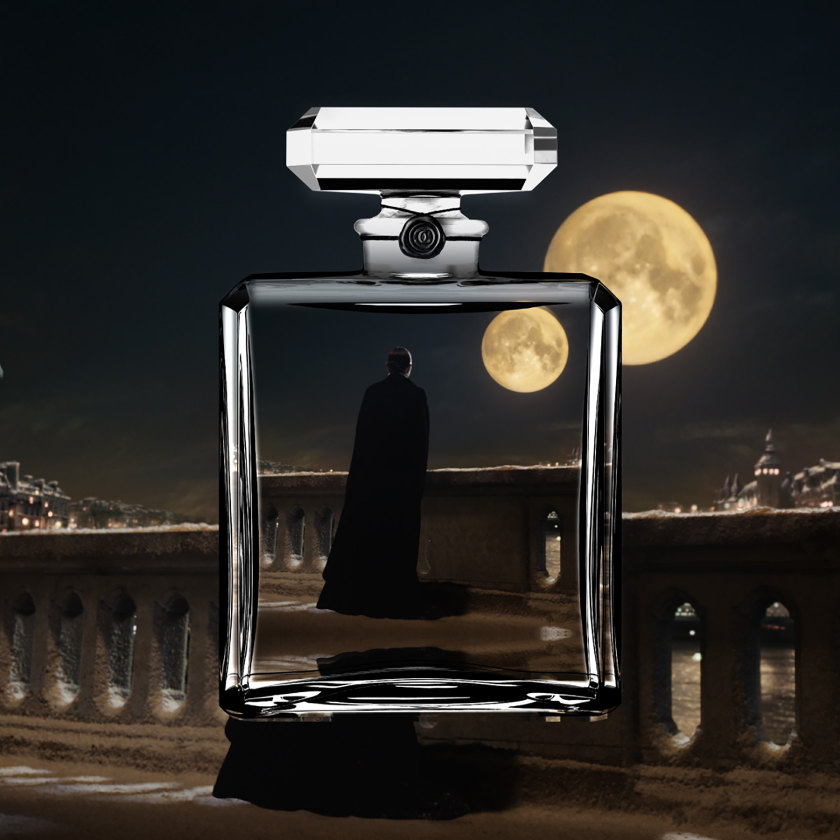
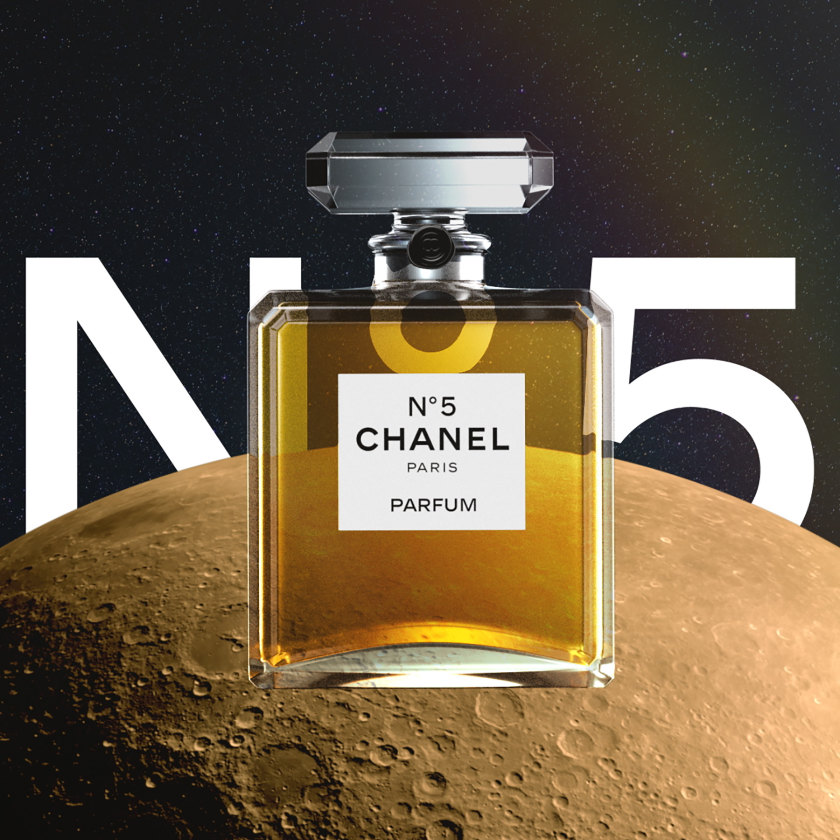 Chanel
Chanel
Above: Chanel No. 5 visuals from the house itself, commemorating the centenary.
Related articles hand-picked by our editors

The history of smelling expensive
In one of our favourite beauty stories of the last 20 years, Geneviève Hole headed to Grasse to uncover the evolution of perfumes, and found that among all the commercialism are a handful of parfumeries creating distinctive, rare scents
From issue 29 of Lucire
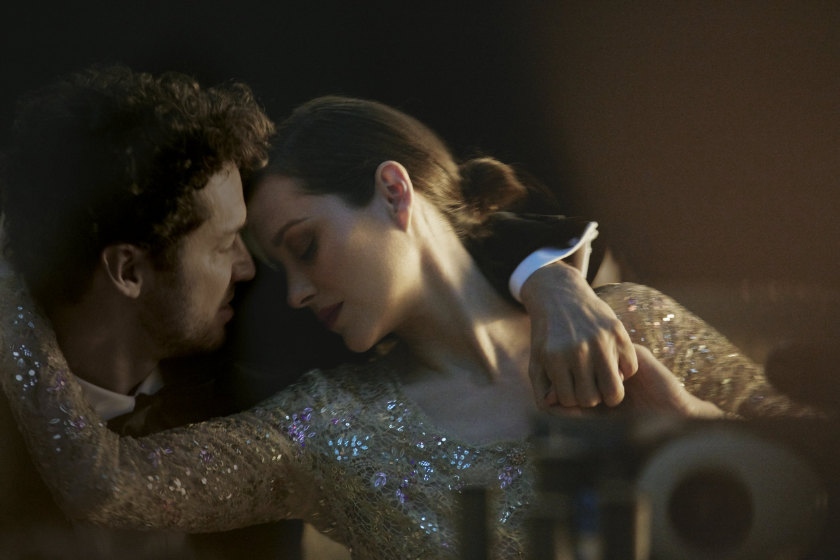
Marion Cotillard stars in Chanel’s No. 5 campaign for 2020, to the tune of Lorde’s ‘Team’
Chanel goes out of this world with its concept for its iconic No. 5 fragrance, starring Marion Cotillard in her first fragrance promo for the house
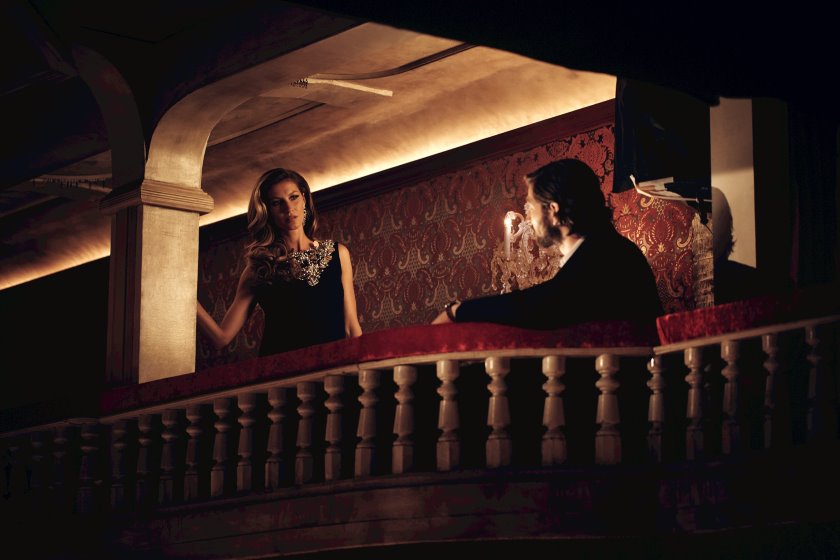
Baz Luhrmann explains Gisèle Bündchen’s Chanel No. 5 casting as more images released
Chanel has teased with more imagery for its upcoming No. 5 campaign with Gisèle Bündchen, written and directed by The Great Gatsby (2013) director Baz Luhrmann, with production design by Academy Award winner Catherine Martin
Advertisement
Copyright ©1997–2022 by JY&A Media, part of Jack Yan & Associates. All rights reserved. JY&A terms and conditions and privacy policy apply to viewing this site. All prices in US dollars except where indicated. Contact us here.